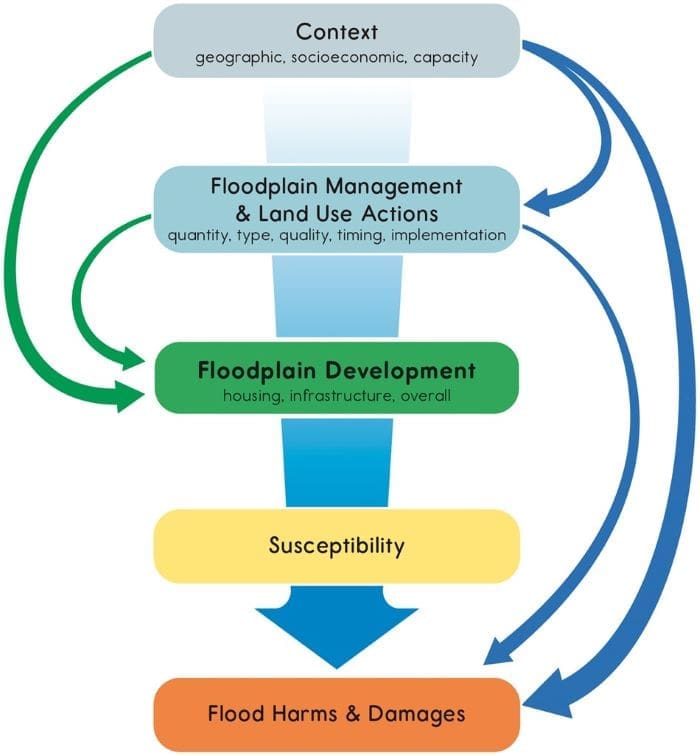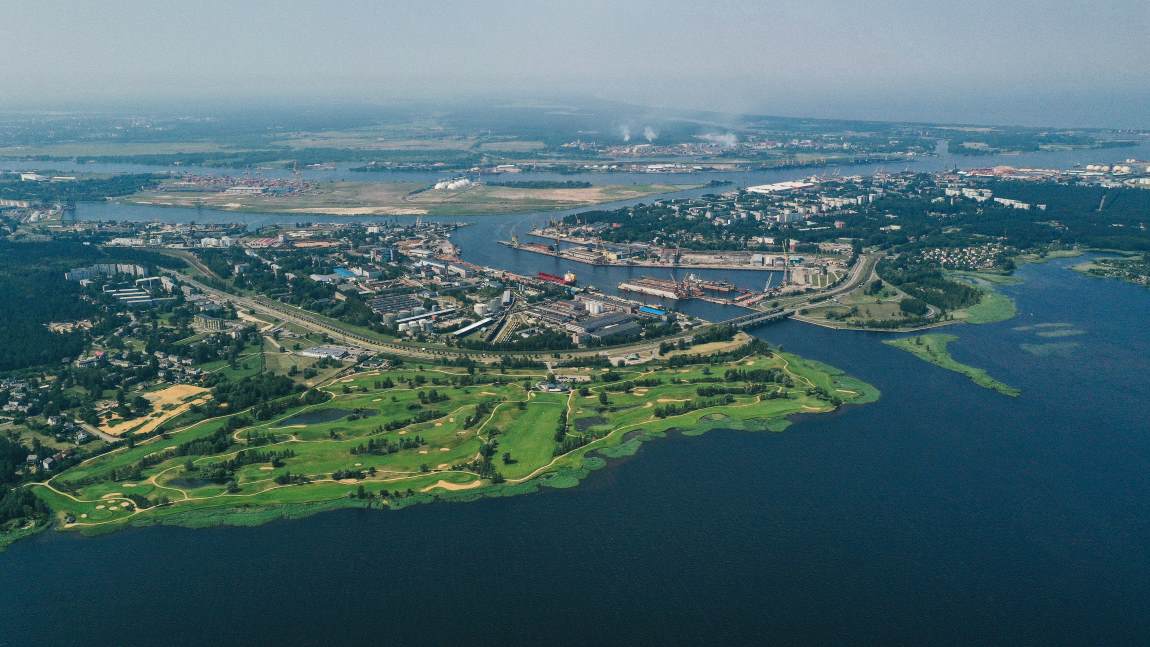A recent paper published in Oxford Open Climate Change sheds light on an unexpected trend: many U.S. cities are successfully avoiding development in flood-prone areas, using well-established methods and strategies rather than adopting new and complex approaches.
The study, which examined floodplain development across several New Jersey municipalities from 2001 to 2019, found that many local governments are effectively managing growth in these vulnerable areas, countering the notion that significant innovations are required to tackle the problem.
Despite substantial investments in disaster mitigation and resilience efforts, the costs of natural disasters in the United States continue to rise. Floods, in particular, are the most frequent and financially devastating events, with losses often exacerbated by human activity in high-risk zones. While climate change plays a role in intensifying weather patterns, much of the increased damage is due to the concentration of people and infrastructure in floodplains.
A 2018 report from Climate Central and Zillow revealed that eight coastal U.S. states are building more rapidly on flood-prone lands than in safer areas.
One of the simplest ways to mitigate flood damage is to prevent construction in at-risk areas. Yet, there has been little empirical research into how well local governments are performing in this regard or how they can improve.

The new study addresses this gap by exploring patterns of floodplain development in New Jersey, a state particularly vulnerable to coastal and riverine flooding. Notably, New Jersey’s coastal development rate was found to be 3.4 times higher than surrounding areas, making it a critical case study.
The researchers reviewed floodplain management practices across 128 municipalities in four New Jersey counties and conducted in-depth analyses in four towns: Lumberton, Aberdeen, Weehawken, and Woodbridge. Their findings challenge assumptions about widespread poor management.
In fact, 85% of the state’s municipalities restricted new housing developments in floodplains beyond what would be expected based on their geographic characteristics. Similarly, 68% limited the spread of impervious surfaces like concrete and asphalt in floodplains, which can exacerbate flooding by preventing water absorption into the ground.
One standout finding is that 25% of New Jersey towns avoided placing any new housing in floodplains between 2001 and 2019. On the flip side, just 14% of municipalities allowed development in flood-prone areas at a rate higher than what would be expected based on their geographic and socioeconomic profiles.
Interviews with local officials revealed that these successes were often achieved through straightforward, long-standing tools such as local ordinances and land-use regulations. One respondent highlighted that their town wasn’t doing anything extraordinary: “They’re not doing anything special,” they explained, emphasizing that consistency and common sense were the keys to success.
Towns that have managed to curb floodplain development weren’t relying on advanced or novel technologies. Instead, they used traditional zoning laws and local governance structures effectively, prioritizing coordination among officials and a commitment to the long-term application of these tools.
“There’s room for improvement,” said A.R. Siders, the study’s lead author, adding that a small minority of municipalities are still developing in high-risk areas. The real challenge, according to Siders, lies in motivating these outliers to adopt the practices already working elsewhere. The findings suggest that while innovation can help, the core issue is ensuring that even basic floodplain management tools are applied consistently.
Ultimately, the study offers a hopeful message: reducing floodplain development doesn’t require a wholesale reinvention of urban planning or land-use policies. Instead, it’s about applying proven strategies and ensuring local governments have the resources and political will to follow through. The paper’s authors suggest that focusing on enhancing social infrastructure – collaboration, commitment, and consistency – may be more important than adopting cutting-edge technologies or methods.
For cities across the U.S. grappling with flood risks, the New Jersey experience shows that progress is possible, and solutions may be closer to hand than many had previously believed.
Journal Reference:
A R Siders, Jennifer Niemann-Morris, Miyuki Hino, Elizabeth Shields, Lidia Cano Pecharroman, Tess Doeffinger, Logan Gerber-Chavez, Ju-Ching Huang, Alexandra Lafferty, Salvesila Tamima, Caroline Williams, Armen Agopian, Christopher Samoray, Katharine J Mach, ‘How local governments avoid floodplain development through consistent implementation of routine municipal ordinances, plans, and programs’, Oxford Open Climate Change (Volume 4, Issue 1, kgae017; 2024), DOI: 10.1093/oxfclm/kgae017
Article Source:
Press Release/Material by Oxford University Press, USA
Featured image credit: Racool_studio | Freepik




